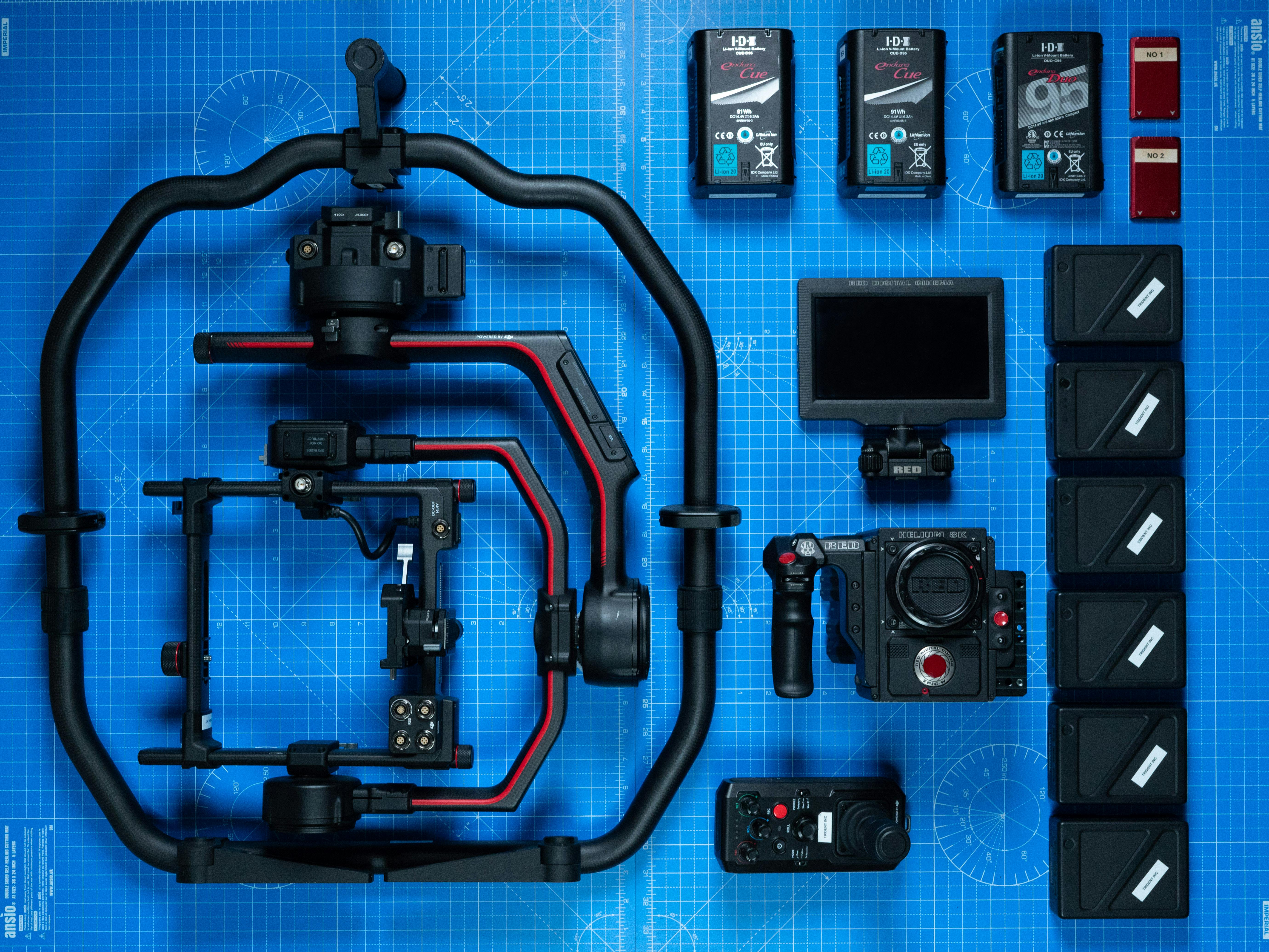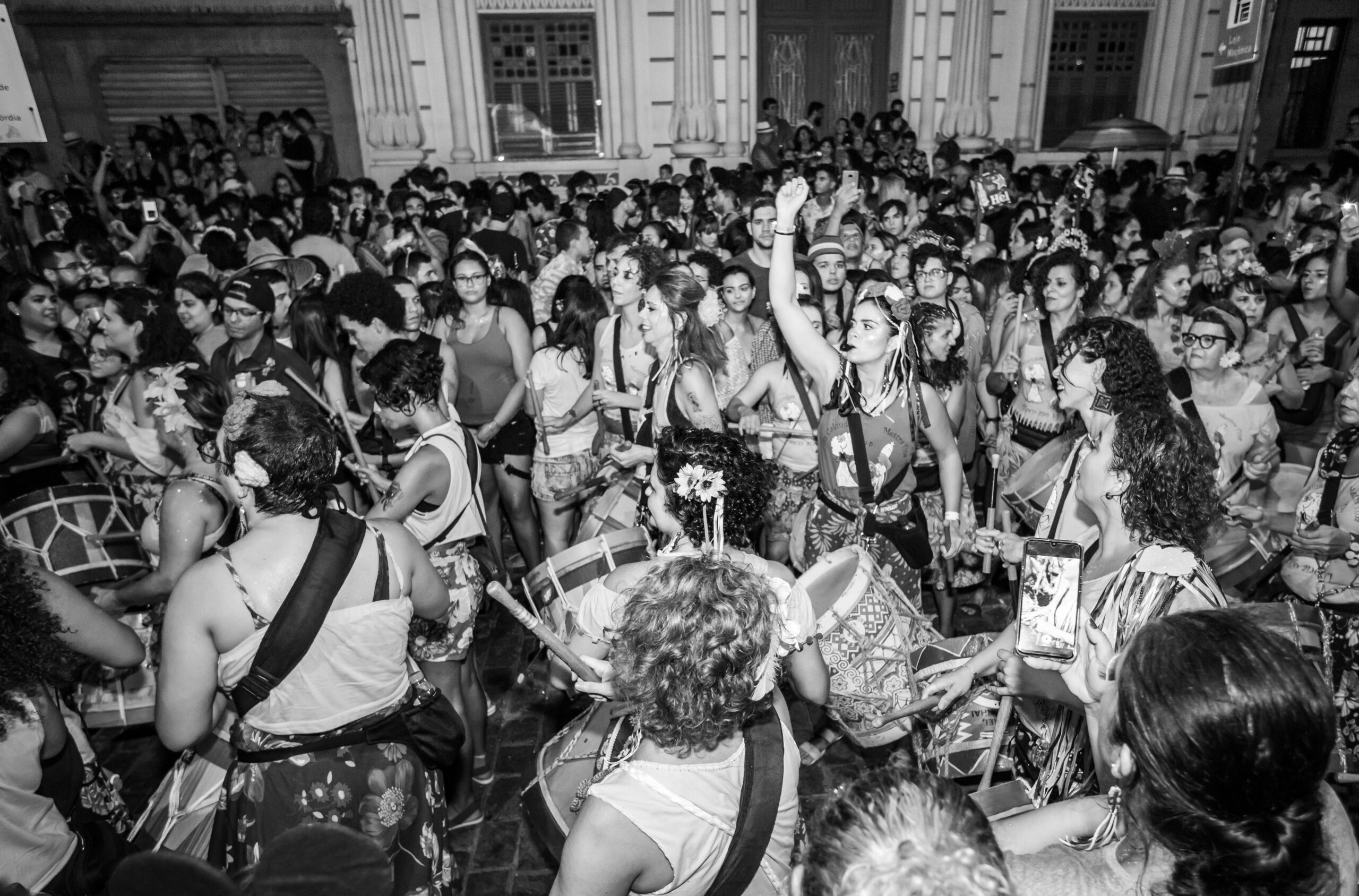Capturing stunning event photos is an art that requires skill, attention to detail, and the right techniques. Whether you’re an event planner looking to enhance your visual content or a photographer aiming to improve your craft, these tips will help you achieve beautiful and memorable event photos.
1. Understand the Event’s Flow
Before the event begins, take the time to understand its schedule and key moments. Knowing when and where important activities will happen allows you to anticipate great photo opportunities. This preparation helps ensure you don’t miss any crucial moments. Additionally, being familiar with the event’s flow enables you to position yourself in the best spots ahead of time, ensuring you’re ready to capture those all-important moments as they unfold naturally.
Tip: Create a shot list based on the event schedule, highlighting must-capture moments like speeches, performances, and candid interactions. Share this list with the event organizer to ensure you’re on the same page and can adjust your strategy as needed.
2. Use Natural Light to Your Advantage
Natural light can add a beautiful, soft touch to your photos. Whenever possible, use natural light to illuminate your subjects. For indoor events, position your subjects near windows or other light sources. If the event is outdoors, consider the time of day and direction of the sunlight. Understanding the quality and direction of natural light can significantly impact the mood and feel of your photos, making them more dynamic and visually appealing.
Tip: Golden hour (the hour after sunrise and the hour before sunset) provides the most flattering natural light for outdoor photos. Plan your shoots around these times whenever possible for the best results. Also, use reflectors to direct natural light where needed, creating balanced and well-lit images.
3. Master Your Camera Settings
Understanding your camera’s settings is crucial for adapting to different lighting conditions and capturing clear, sharp images. Familiarize yourself with manual settings, such as ISO, aperture, and shutter speed, to gain better control over your photos. Each setting affects the final image differently, so practicing in various environments can help you quickly adjust on the fly during an event.
Tip: Use a low ISO setting in well-lit environments to reduce noise and a higher ISO in low-light situations to maintain clarity. Experiment with different aperture settings to control the depth of field, and use appropriate shutter speeds to capture action without blur. Regularly practice these settings to build muscle memory.
4. Pay Attention to Composition
Composition is key to creating visually appealing photos. Use techniques like the rule of thirds, leading lines, and framing to enhance your compositions. These techniques help draw the viewer’s eye to the main subject and create a balanced, harmonious image. Experimenting with different compositions can make your photos more interesting and professional.
Tip: Practice composing your shots in different ways to see what works best for each scenario. Use natural elements and event decor to frame your shots creatively. Try different perspectives, such as shooting from high angles or low to the ground, to add variety to your photo collection.
5. Capture Candid Moments
Some of the best event photos are candid shots that capture genuine emotions and interactions. Keep an eye out for spontaneous moments of joy, laughter, and connection. These candid shots often tell the most compelling stories of the event. Being unobtrusive and patient allows you to catch these moments as they happen naturally.
Tip: Blend into the background and use a longer lens to capture candid moments without being intrusive. Anticipate moments by observing interactions and being ready to snap the shot. Avoid using flash for candid shots, as it can be disruptive and take away from the natural feel of the moment.
6. Use Professional Lighting Equipment
While natural light is great, professional lighting equipment is essential for consistently achieving well-lit photos, especially in challenging lighting conditions. Invest in external flashes, softboxes, and reflectors to enhance your lighting setup. Proper lighting equipment ensures that your subjects are well-illuminated and that shadows and highlights are balanced.
Tip: Bounce your flash off ceilings or walls to create a softer, more diffused light that flatters your subjects. Use softboxes to reduce harsh shadows and create even lighting. Experiment with different lighting setups to find what works best for the event space and desired aesthetic.
7. Focus on Details
Details matter in event photography. Capture close-up shots of decorations, food, signage, and other elements that contribute to the event’s atmosphere. These shots can add depth and context to your photo collection. Highlighting details also showcases the effort and thought put into the event’s planning and execution.
Tip: Use a macro lens or the macro setting on your camera to get detailed close-ups of small objects. Pay attention to the event’s theme and colors, incorporating them into your detail shots. These images can complement the broader event photos and provide a comprehensive visual story.
8. Interact with Guests
Building rapport with event guests can help you capture more relaxed and natural photos. When guests feel comfortable around the photographer, they’re more likely to show genuine expressions and emotions. A friendly interaction can make a significant difference in how people react to having their photos taken.
Tip: Introduce yourself and engage with guests briefly to make them feel at ease before taking their photos. Use a warm, approachable demeanor to help guests relax. Compliment them and make light conversation to capture their best and most natural smiles.
9. Be Prepared for Action Shots
Events often involve a lot of movement, whether it’s dancing, sports, or other activities. Be ready to capture these dynamic moments by using a fast shutter speed and continuous shooting mode. Anticipating action and being prepared can help you capture crisp, dynamic images that convey the energy of the event.
Tip: Anticipate action by keeping your camera ready and using predictive autofocus to track moving subjects. Use burst mode to take multiple shots in quick succession, increasing your chances of getting the perfect action shot. Experiment with different angles to capture the motion and excitement effectively.
10. Edit with Care
Post-processing is a crucial step in event photography. Use photo editing software to enhance colors, adjust exposure, and crop images. However, aim to keep the edits natural to preserve the authenticity of the moment. Editing should enhance the photo without making it look overly processed or artificial.
Tip: Create presets or templates for common edits to save time and ensure consistency across your photo collection. Focus on correcting any color imbalances, sharpening details, and cropping to improve composition. Always review your edits to ensure they enhance the image without detracting from its natural appeal.
Stunning event photos require a combination of technical skills, creative vision, and an understanding of the event’s unique dynamics. By following these tips, you can capture beautiful, memorable images that truly reflect the essence of the occasion. At [Company Name], we specialize in professional event photography that brings your special moments to life.
Ready to elevate your event with stunning photography? Contact us today for more information or to book our services. Let us help you create a visual story that you’ll cherish for years to come.



